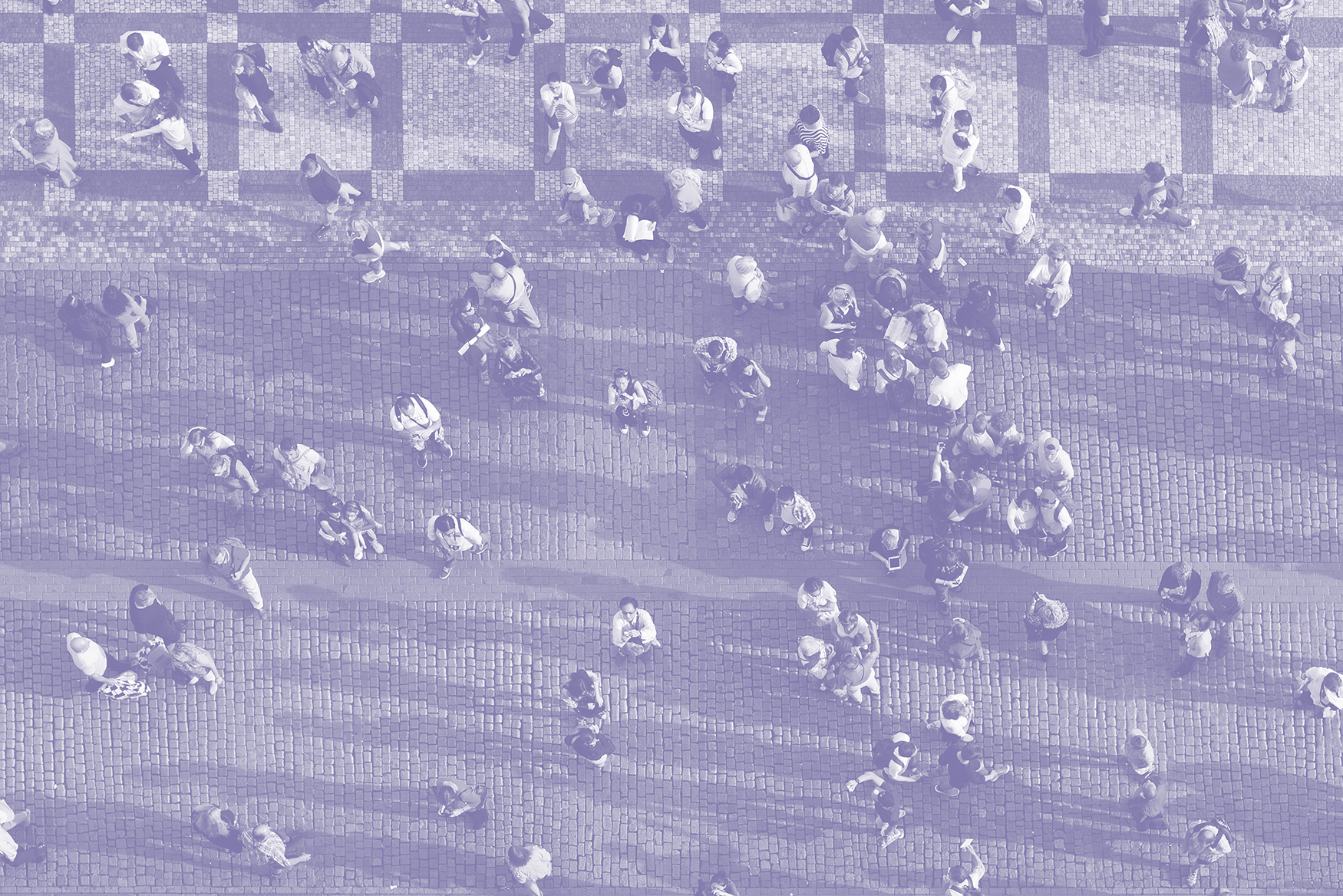Each of the mechanics discussed earlier seeks to increase the probability of serendipity, a phenomenon that is often the formative ingredient of innovation. It is the unexpected, unplanned positive moments where we discover novel information that leads us to new insights, opportunities, or relationships.
In a survey conducted by the Brookings Institute for the Oklahoma City, Oklahoma innovation ecosystem audit, they looked at the where serendipitous interactions took place in Oklahoma City's Automobile Alley district and the Kendall Square district in Cambridge, Massachusetts, 63% (OKC) and 66% (Kendall Square) of respondents acknowledged that serendipitous interactions as useful for their work. In the less dense and auto-oriented urban environment of the Oklahoma City district, those surveyed identified interior spaces where serendipitous interactions take place consistently higher than the public realm. Conversely, Kendall Square respondents rated outdoor environments much higher. Kendall Square district has intentionally integrated more enriching public space, pedestrian-scaled streetscapes, and third places so it would be expected to be higher than where those amenities are not present. However, Kendall Square respondents rated interior spaces of their buildings and central facilities such as cafeterias considerably lower as compared to these environments.
Source: Brookings Institute OKLAHOMA CITY INNOVATION DISTRICT: ECOSYSTEM AUDIT
Unless we value serendipity and pay attention to the qualities that promote it, serendipity can be and frequently unknowingly extinguished in the name of efficiency and convenience. Steve Selzer, former design manager at Airbnb, looking beyond innovation raises the concern about the move toward efficiency at the cost of "self-reflection, self-discovery, and personal growth." As technology allows us to streamline our news feeds continually and bends services to our preferences, we lose out on the passive exploration that we require to foster innovation. Ultimately, our innovation capacity diminishes. Selzer raises the concern, "at scale, this (move toward efficiency) can erode our social values and increase our tendency toward intolerance and impatience, leaving us with a lack of resilience and an inability to navigate change." This move toward efficiency also goes for how we approach the built environment.
Our transportation choices influence the degree of serendipity in our daily lives. When we design streets for people, walking, biking, and transit bring us closer to each other and offer more opportunity for chance encounters. Conversely, the personal automobile dramatically diminishes the potential of serendipity by isolating the individuals from others. The advent of services like Uber, Lyft, and Hytch have created an opportunity to instill serendipity by bringing strangers together. Steve Selzer insightfully questions as we move in the age of autonomous vehicles will this interaction be lost. When we design to get from Point A to Point B in the fastest way possible the potential of serendipitous moments are lost.
Office buildings designed as warehouses for companies, cavernous lobbies that don't encourage people to engage, elevators that take you straight from your parking space to the office, or districts with no quality public space contribute to the decline in serendipitous opportunities. Ensuring chance encounters and discovery of new information requires us to be vigilant in assuring our cities and the spaces we inhabit continually feed the capacity of our innovation ecosystems. We must be able to uncover passively new information and engage with others. While serendipity can happen anywhere, we can intentionally ensure our surroundings engender serendipity rather than hinder it.
One prominent example is the Downtown Project in Las Vegas led by Tony Hsieh, CEO of Zappos. The project has made serendipitous collision the cornerstones of their development strategy. He and his team established the metric of collision hours per acre as a means of guiding their design and investment decisions for the project where he relocated the company's headquarters. The project strives to spur 100,000 collision hours per acre by increasing the time people spend in the public realm. This is calculated based on ensuring at a minimum density of 100 people per acre spending an average of 3 to 4 hours within spaces where they are more likely to experience serendipitous interactions.
While many can debate the ultimate short-term success and execution of the Downtown Project, Tony Hsieh's focus on increasing serendipitous and meaningful interactions increases the probability of successful innovations prospering. It makes the process of idea harvesting more efficient and integral to our daily routines. However, it takes more than just bringing people together. The spaces we inhabit need to incorporate novelty and turbulence within an enriching and stimulating environment that bridges the last few feet between people and encourage them to engage meaningfully with one another. It not about efficiency but more about friction and diversity to create chance meetings by increasing our exposure and slowing down. But as we will see in the next post, we shouldn't forget we also need to time to stop and reflect.
-Brian Phelps, Co-founder of the Nashville Innovation Project



